Strawberries are one of the first crops to appear on a personal plot. But to get tasty and juicy berries, you need to properly prepare the beds for planting the crop. To do this you need to follow a few tips.
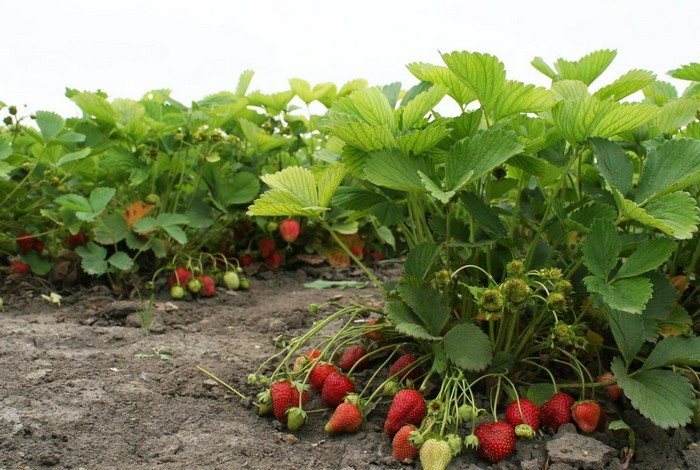
Selecting a location
The choice of site always remains the main condition for good fruiting of strawberries. When choosing it, you must pay attention to:
- for illumination - the place should be well illuminated by sunlight for most of the daylight hours, otherwise the berries will be small and sour, and their ripening will be noticeably delayed;
- location of the site - it should be flat or with a slight slope at a low height, this will help retain the necessary moisture and not wash away the soil during rains;
- protection of the area from drafts and wind - this will help protect the strawberry roots from exposure and keep snow in the winter;
- cleanliness of the place - areas cleared of weeds - is the key to the development of a good strawberry root system, which means strong bushes and a bountiful harvest.
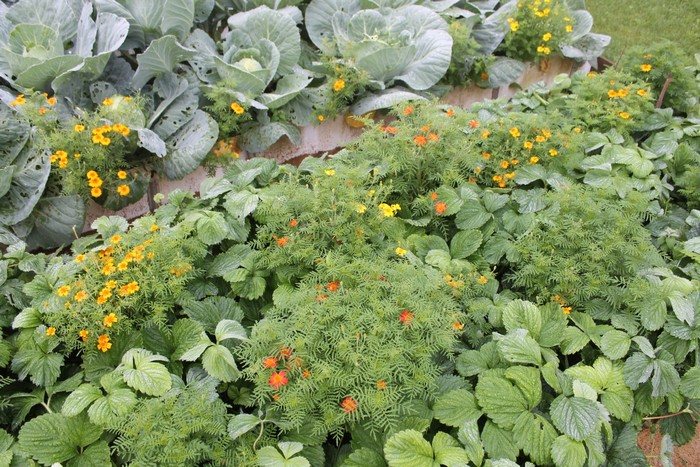
Neighbors and predecessors
It is necessary to observe crop rotation and proximity. The best predecessors for planting strawberry bushes are garlic, herbs, onions, green manure, legumes and carrots. After them, microelements necessary for the growth of strawberries remain in the soil.
You should not plant strawberry seedlings next to potatoes and other nightshade crops. Cabbage and cucumbers are also not the best neighbors for the crop. From these plants, young bushes can become infected with garden diseases and subsequently die.
Gardeners recommend planting Nasturtium or Marigold in the garden with strawberries; they will repel insect pests with their aroma.
Soil preparation
Preparing the soil for planting strawberries takes place in several stages.
Thorough cleaning of the selected area
The area must be cleared of weeds, dry grass, sticks, leaves and other debris.
Digging and fertilizing the soil
The selected area, no later than a month before the planned planting of the crop, is dug up with a shovel to a depth of 20–25 cm, after which nitrogen fertilizers are applied there (no more than 50 g per 1 m2), humus (from 6 to 8 kg per 1 m2), superphosphate (from 80 to 100 g per 1 m2), potassium salt (no more than 60 g per 1 m2).
After applying fertilizer, it is dug up again.
Soil composition
An important condition for obtaining a good result is the composition of the soil. The most optimal is considered to be light soil, which allows moisture and air to pass through well and is disinfected from viruses, spores and pests. The acidity level should be no lower than 5 and no higher than 6.
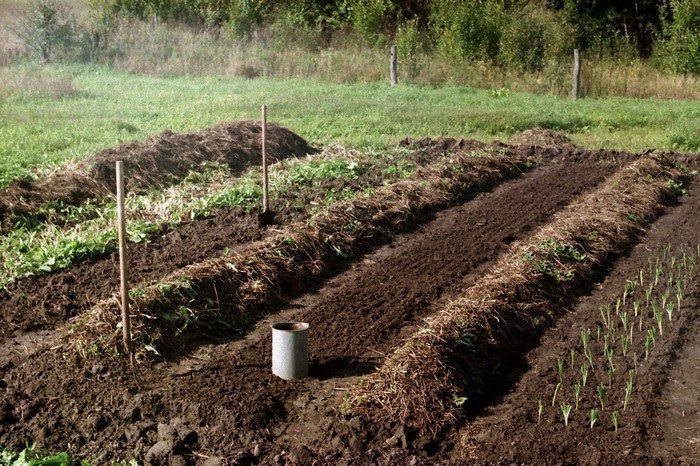
Formation of beds
There are several ways to form beds. The simplest method is considered the most common.
Beds 20–25 cm wide are placed at a distance of 40 cm from each other. The bushes are planted at a distance of 35–40 cm from each other.
For uniform sunlight, the beds are made in the direction from east to west.
If you follow these simple tips, you will have tasty and healthy berries on your table in spring and summer.


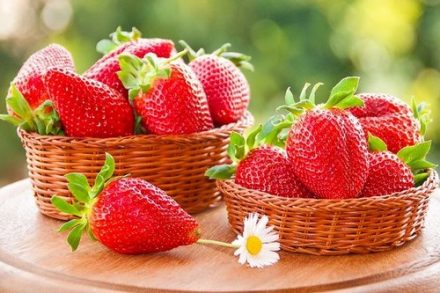
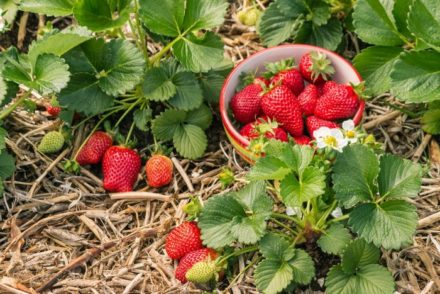
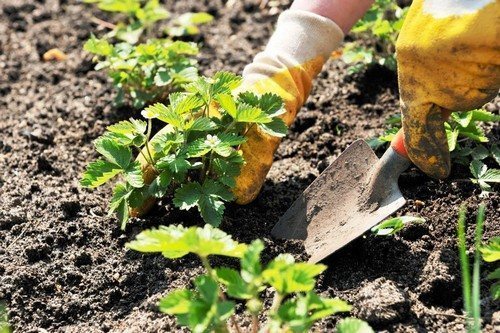
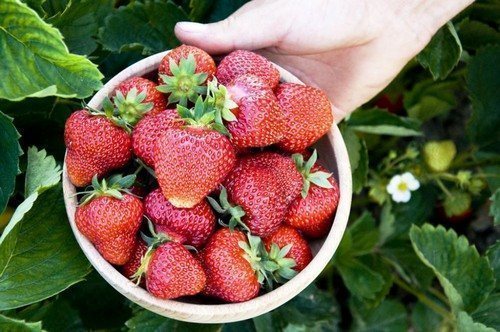
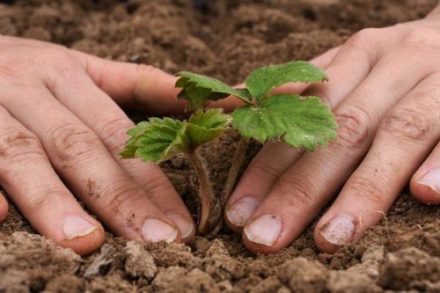
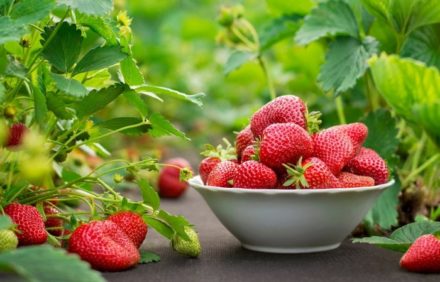
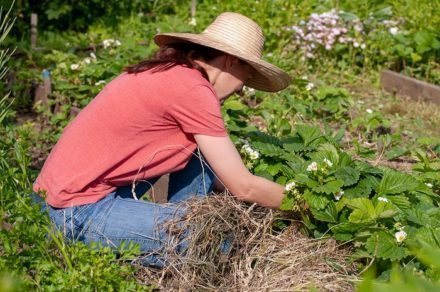
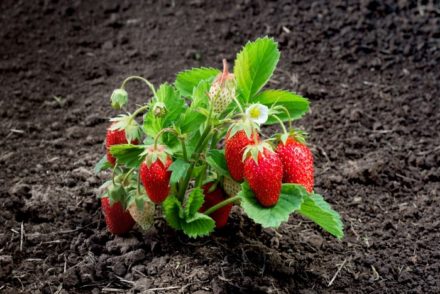
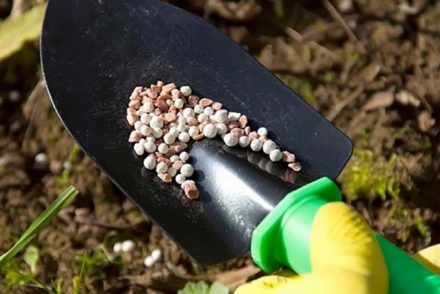


It’s useful to read the article: I add wood ash and humus